Pilot light to electronic ignition on commercial range
jimmy_superfly
9 years ago
Featured Answer
Sort by:Oldest
Comments (22)
barryv_gw
9 years agododge59
9 years agoRelated Professionals
Northbrook Kitchen & Bathroom Designers · Pleasanton Kitchen & Bathroom Designers · Riviera Beach Kitchen & Bathroom Designers · Olympia Heights Kitchen & Bathroom Designers · Apex Kitchen & Bathroom Remodelers · Eureka Kitchen & Bathroom Remodelers · Linton Hall Kitchen & Bathroom Remodelers · Martha Lake Kitchen & Bathroom Remodelers · Newberg Kitchen & Bathroom Remodelers · Upper Saint Clair Kitchen & Bathroom Remodelers · Walnut Creek Kitchen & Bathroom Remodelers · Wilmington Island Kitchen & Bathroom Remodelers · Lindenhurst Cabinets & Cabinetry · Watauga Cabinets & Cabinetry · Wheat Ridge Cabinets & CabinetryUser
9 years agobarryv_gw
9 years agogeoffrey_b
9 years agojimmy_superfly
9 years agobarryv_gw
9 years agogtadross_gw
9 years agogeoffrey_b
9 years agojimmy_superfly
9 years agobarryv_gw
9 years agoalexrander
9 years agojimmy_superfly
9 years agoE P
3 years agopmoyle111
3 years agoAmy R
2 years agolast modified: 2 years agopmoyle111
2 years agopmoyle111
2 years agoAmy R
last yearHU-374374986
last yearctsteve7
6 months ago
Related Stories

KITCHEN DESIGNHow to Find the Right Range for Your Kitchen
Range style is mostly a matter of personal taste. This full course of possibilities can help you find the right appliance to match yours
Full Story
LIGHTINGThe Lowdown on High-Efficiency LED Lighting
Learn about LED tapes, ropes, pucks and more to create a flexible and energy-efficient lighting design that looks great
Full Story
HOUSEKEEPINGHow to Clean Your Range and Oven
Experts serve up advice on caring for these kitchen appliances, which work extra hard during the holidays
Full Story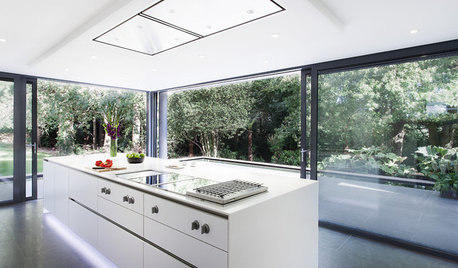
KITCHEN APPLIANCESDisappearing Range Hoods: A New Trend?
Concealed exhaust fans cut visual clutter in the kitchen
Full Story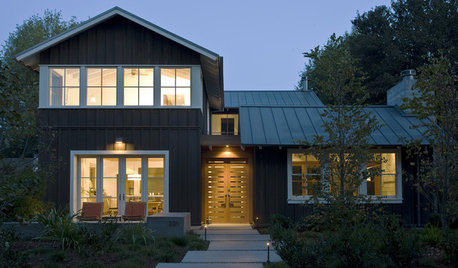
LIGHTINGHow to Choose the Right Solar Lights
Learn about different types of outdoor solar lights, where to use them and why you might want to avoid the bargain bin
Full Story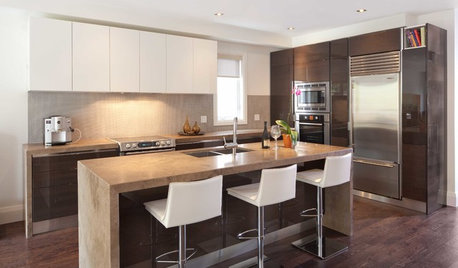
LIGHTINGGet Your Home's Recessed Lighting Right
Learn the formula for how much light a room needs plus how to space downlights, use dimmers and more
Full Story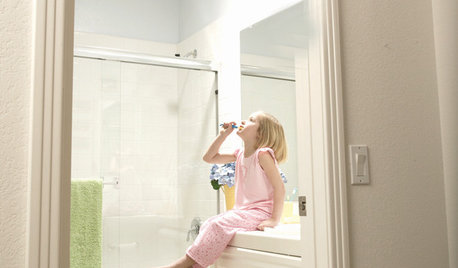
HEALTHY HOMEGet Your Light Right for a Healthy House
Homes that are too bright at night and too dark during the day are ruining our health. Here's what you can do
Full Story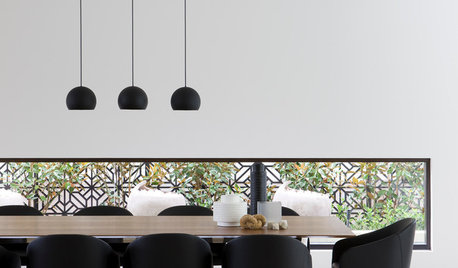
WINDOWSThese Windows Let In Light at Floor Height
Low-set windows may look unusual, but they can be a great way to protect your privacy while letting in daylight
Full Story
LIGHTING5 Questions to Ask for the Best Room Lighting
Get your overhead, task and accent lighting right for decorative beauty, less eyestrain and a focus exactly where you want
Full Story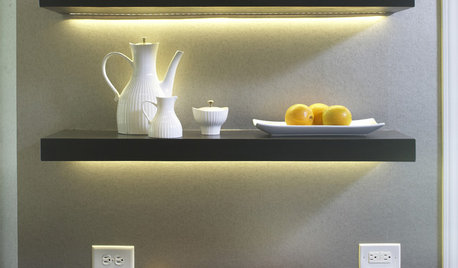
KITCHEN DESIGN12 Ways to Light Your Kitchen With LEDs
See how to use new energy-saving lights to illuminate your kitchen, light a countertop and add style, too
Full StoryMore Discussions







jimmy_superflyOriginal Author